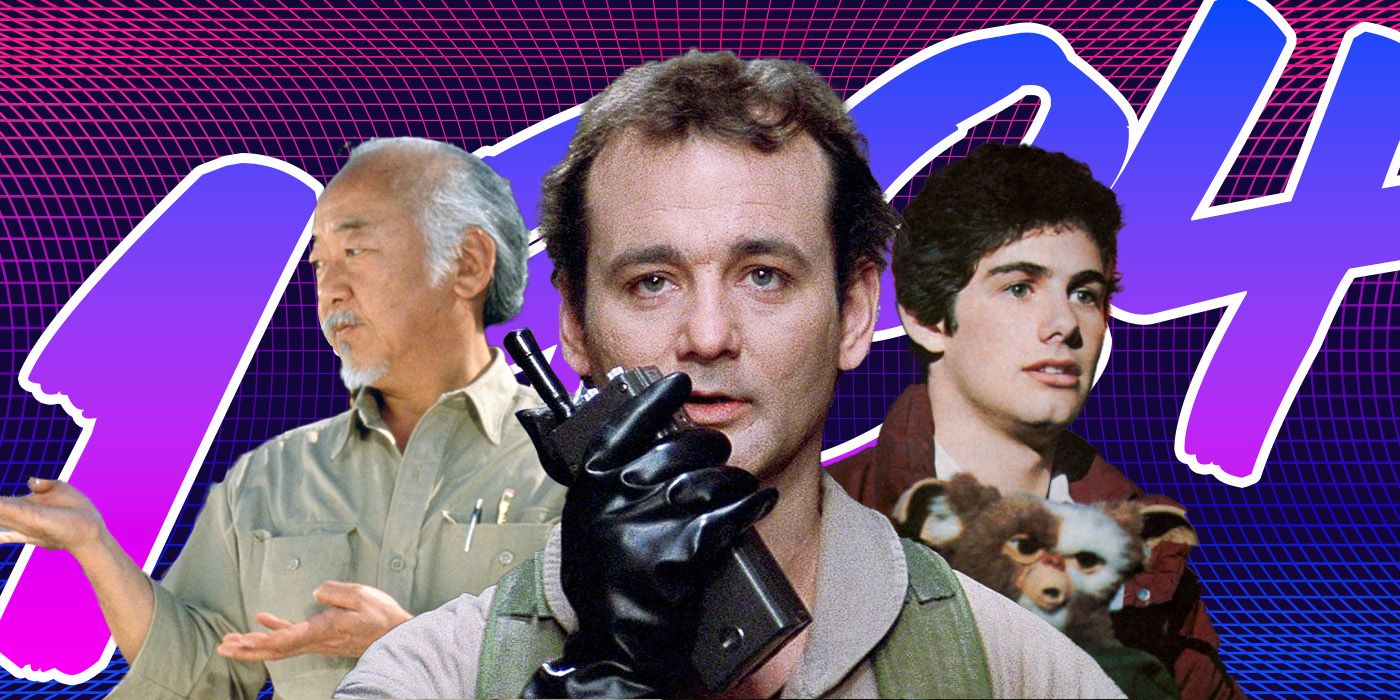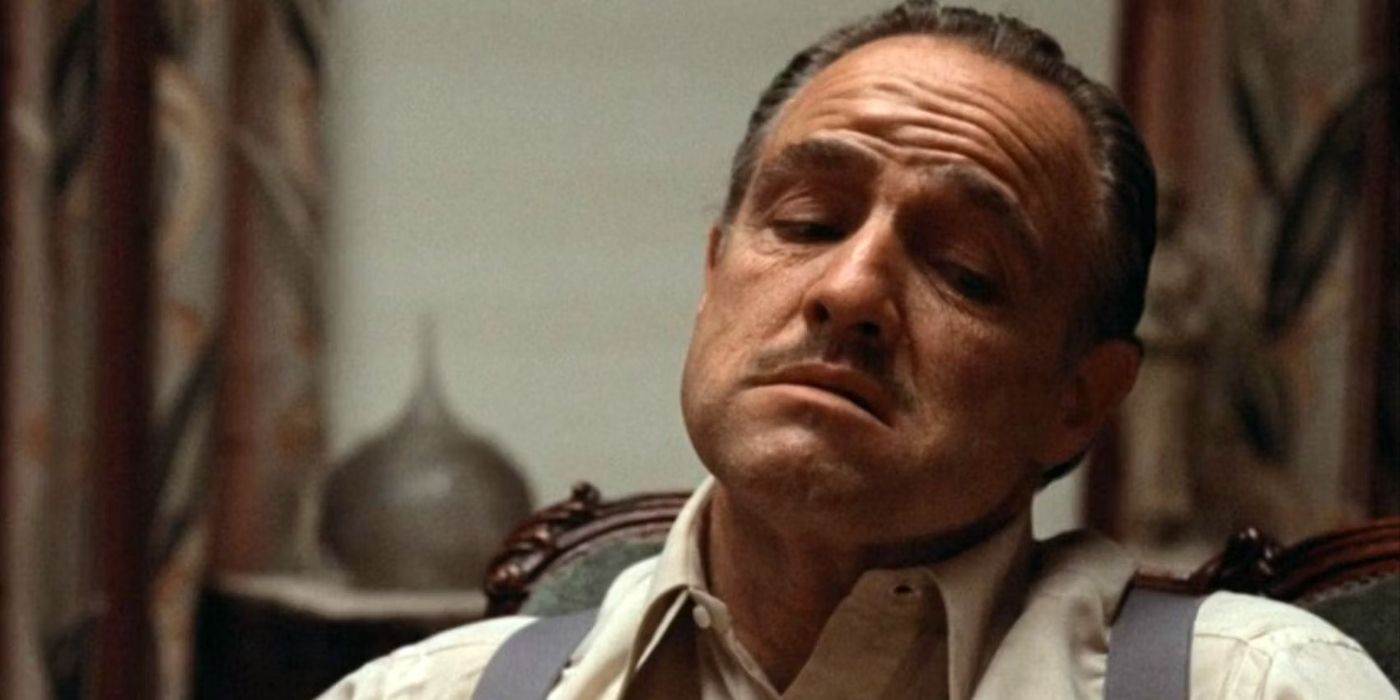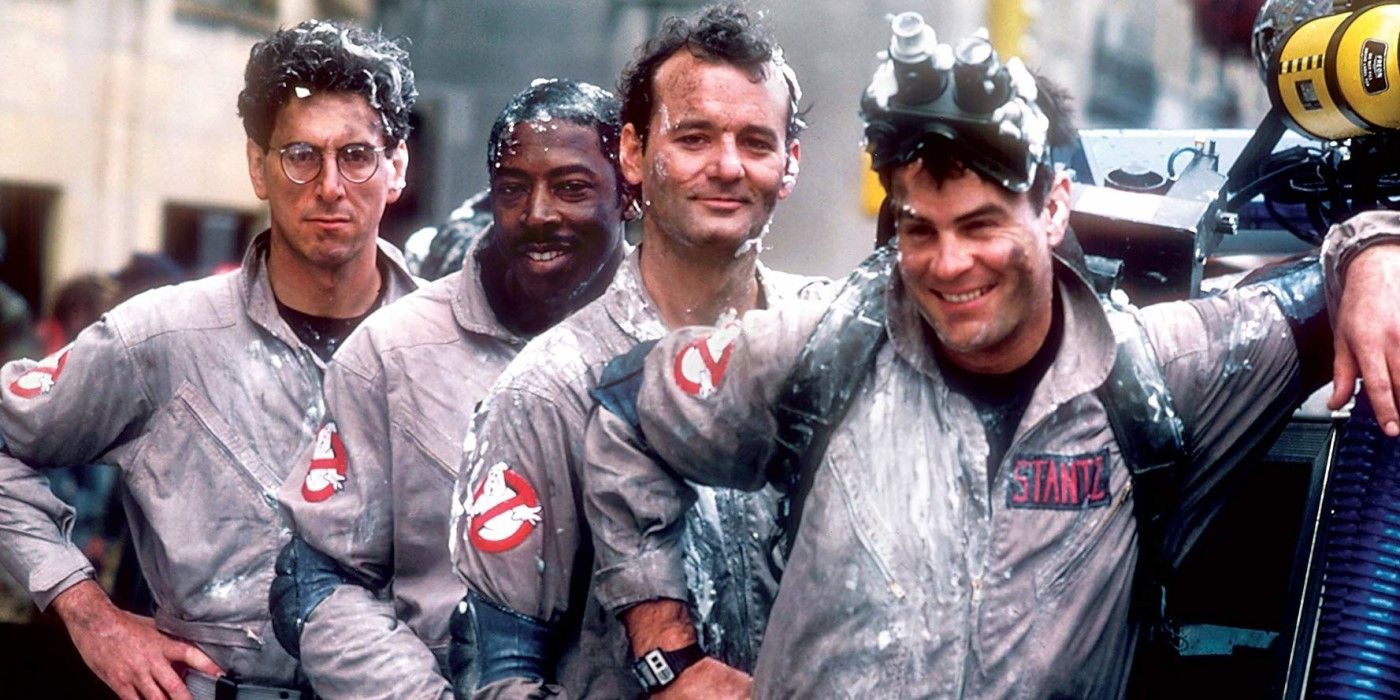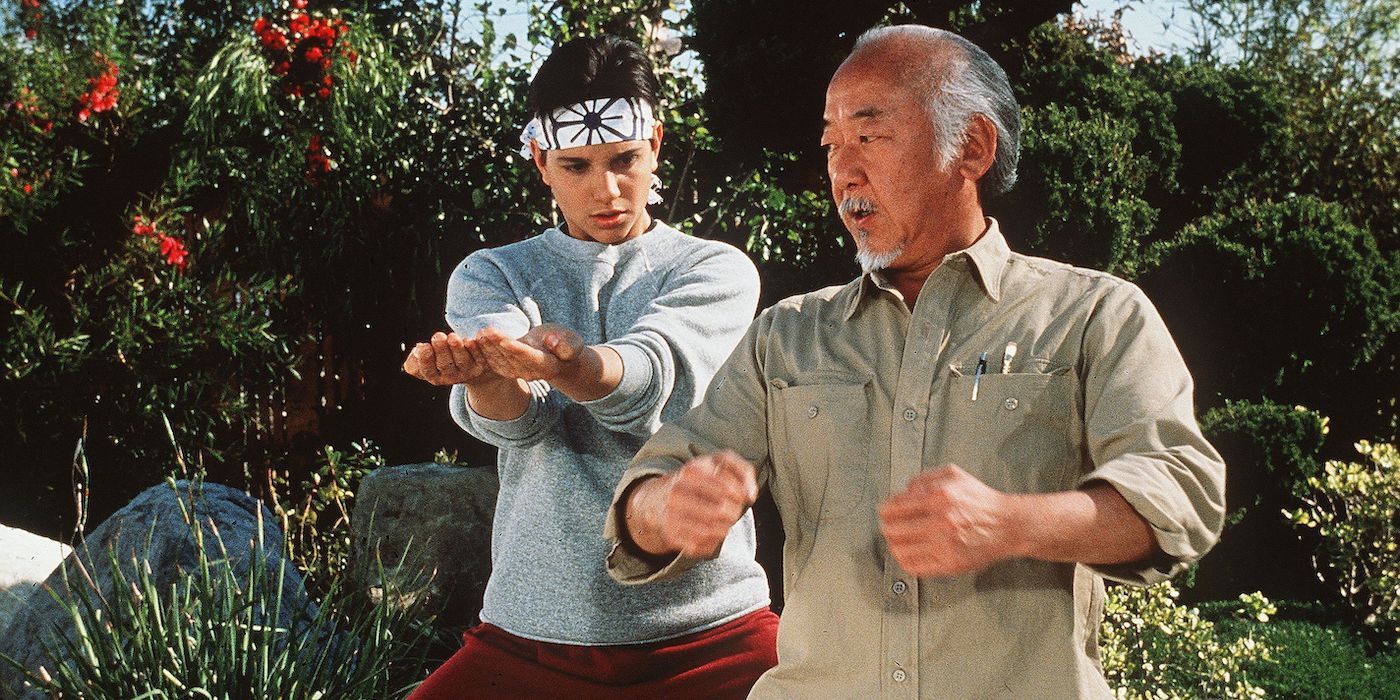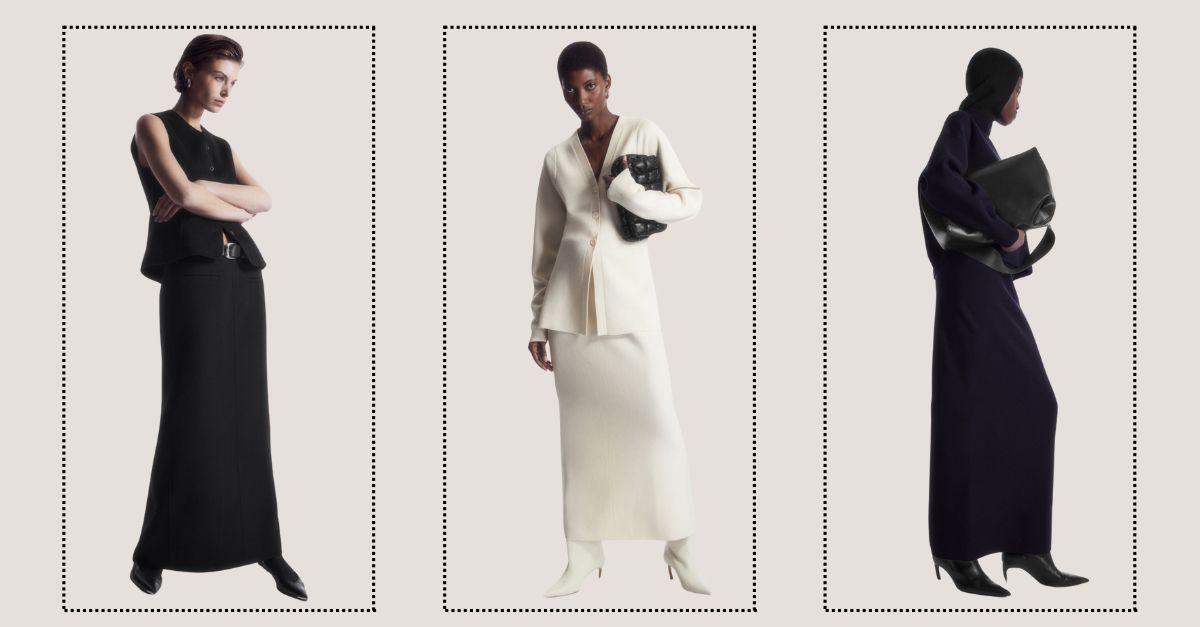The Big Picture
- 1980s are culturally iconic due to fashion, music, movies, creating retro aesthetic appeal across generations.
- June 1984’s box office epitomizes ’80s with hits like
Ghostbusters
,
Gremlins
, and
Karate Kid
. - The movies of the June 1984 box office kicked off franchises still relevant today.
If there is any decade that can be envisioned in one’s mind, it would have to be the 1980s. The decade, thanks to its boom in commercialization and consumerism, includes rich iconography from its fashion, music, and movies. Styling something after the ’80s is a popular brand across all mediums, as even younger generations have grown to adopt the lifestyle retroactively.
While its place in the context of cinema is questionable, due to the rampant commercialization of films through sequels and merchandising, there is no questioning of its seismic impact on contemporary culture. One month, in particular, June 1984, is so ’80s, you can practically see the neon and hear the synthetic beat when looking at the box office, which included Ghostbusters, Gremlins, and The Karate Kid. 40 years later, the long-term effect of these releases is immeasurable, almost as if they were released just last year.
The 1970s Were a Very Different Decade of Movies Than the ’80s
Audiences of the 1970s looking at the June 1984 box office would have been bewildered by the staggering amount of family-friendly and crowd-pleasing fare. Back then, the major successes did not have an accompanying MTV music video or apparel line. There was also no divide between critically acclaimed achievements and popular hits, which included The Godfather, American Graffiti, and The Deer Hunter. More than anything, the ’70s were defined by dark and gritty explorations of the human condition and poignant reflections on the turbulent social and political climate of the period.
Audiences’ sentiments toward the real world were seamlessly matched on screen, as the rise of the paranoid thriller paralleled American distrust in the federal government. By the time the ’80s rolled around, with American exceptionalism dominating the nation’s social and economic climate, the movies also changed. Following Jaws and Star Wars, everyone wanted to be them, specifically, financially prosperous blockbusters. Gone were the downbeat dramas from the mainstream, and instead, the top of the charts was rounded out by wacky comedies, spectacle-driven action films with strapping movie stars, and wholehearted romances.
The 1980s Experienced a Drastic Shift in the Pop Culture Landscape
It’s the summer of 1984: Ronald Reagan is beginning his re-election campaign, Prince and Bruce Springsteen dominate the charts with their groundbreaking albums, Purple Rain and Born in the U.S.A., respectively, and Los Angeles is hosting the Summer Olympics. In June, one could attend their local theater every day and watch something new and culturally relevant. Compared to today, with COVID and two guild strikes causing production delays, leading to a shortage of tentpole releases in 2024, the June ’84 box office looks overwhelming.
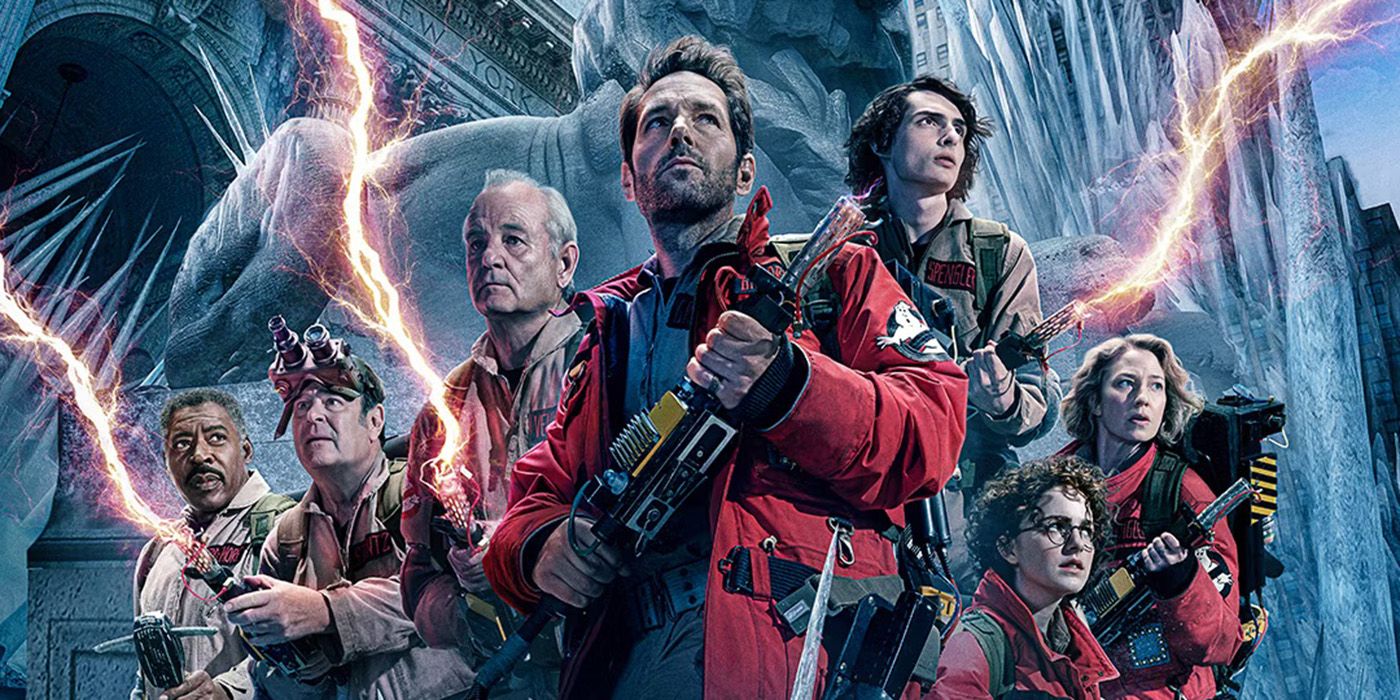
Related
It’s About Time the Ghostbusters Franchise Leans Into Horror
Bustin’ is even better when the ghosts are scary.
This month, new releases includeGhostbusters, Gremlins, The Karate Kid, Star Trek III: The Search for Spock, and Bachelor Party, which were the top 5 highest grossers of in-month releases. Earlier releases, including Indiana Jones and the Temple of Doom, The Natural, Romancing the Stone, Breakin’, and Police Academy are still making a dent at the box office. An impressive display of box office legs, Footloose, which was released on February 17 of that year, still played in over 1,000 theaters four months later.
‘Ghostbusters,’ ‘Gremlins,’ and ‘The Karate Kid’ Evolved Into Iconic Brands
This box office captured the 1980s to a tee, from its most iconic brands and films that depicted the zeitgeist. If one of the films on this list isn’t a sequel, then it will likely have spawned a handful of sequels, as is the case with the top three films. Checking off another essential ’80s box, these films inspired memorabilia or an original song coinciding with the release. In no time, Ghostbusters would ascend beyond just a feature film, with a sequel, cartoon series, a Ray Parker Jr. hit song, and a vast lineup of toys and memorabilia following in its wake. While the film’s content undermined any notion of it being wholesome family entertainment, Gremlins, thanks to its titular mischievous creatures, thrived as a merchandising cash cow. Acting as a B-side to Rocky, The Karate Kid became the underdog sports movie of the era, inspiring everyone to practice martial arts by washing cars and fences.
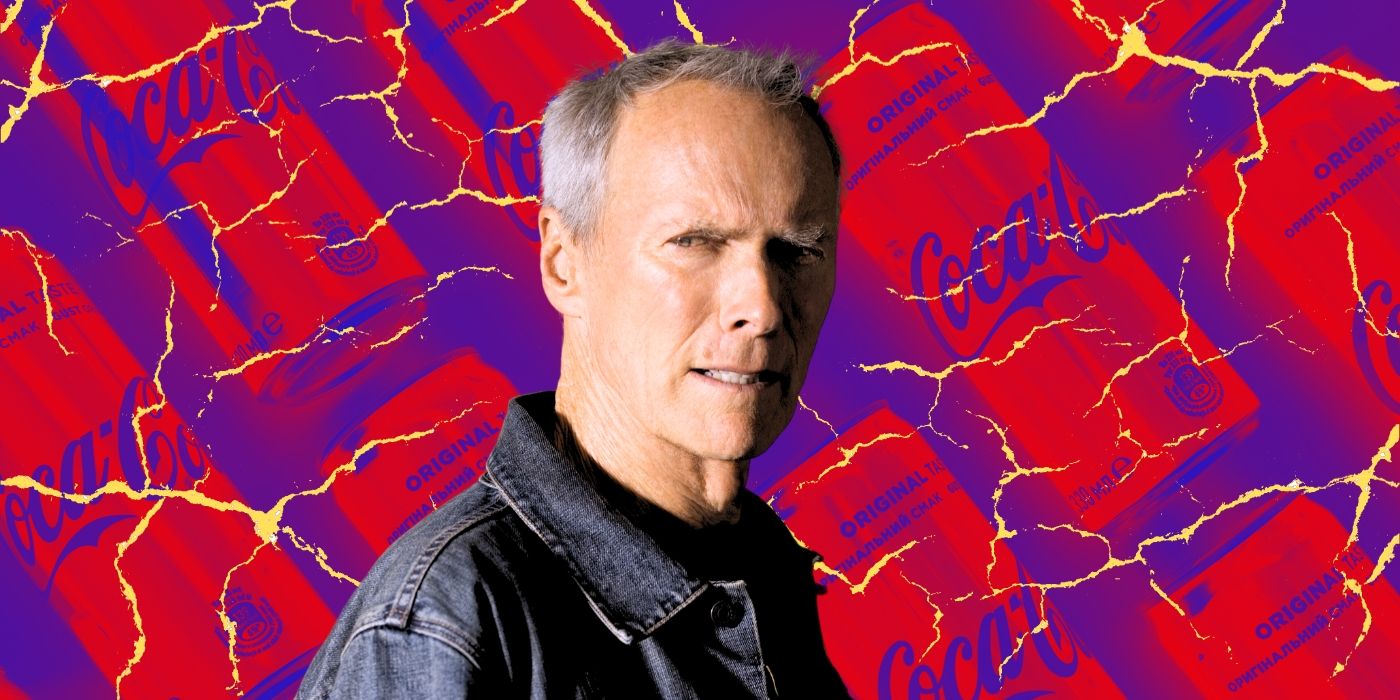
Related
Clint Eastwood Went to War With Coke, and ‘The Karate Kid’ Is to Blame
This ban of Coke products is a little convoluted, but don’t mess with Clint!
June 1984 features a balance of timeless franchise films and distinct products of the decade. Only in the ’80s could Bachelor Party, a zany sex comedy, finish in the top 5 in gross in a respective month. Breakin’, a breakdancing musical released this month, would feel like an alien entity if released in any other decade. Its sequel, Electric Boogaloo, would amass a greater cultural legacy, being used to denote a sequel of inferior quality or one that thematically jumped the shark. Hip-hop-inspired dance films were all the craze, as Beat Street sat in the upper half of this month’s box office as well. R-rated studio comedies come in short supply these days, but in 1984, the likes of Bachelor Party were ubiquitous. While this movie, about a married man’s outlandish bachelor party, is your standard sex comedy, it stars Tom Hanks, who is now considered to be America’s dad. Hanks’ breakthrough film, Splash, continues to play in theaters 3 months into its release. 1984 was a launching pad for another prominent star of the ’80s and beyond: Arnold Schwarzenegger, whose Conan the Barbarian sequel, Conan the Destroyer, opened in June. Later this year, Schwarzenegger delivered his iconic line, “I’ll be back,” in The Terminator, and never left.
Every film on this list exudes the culture and spirit of the 1980s, even if ones like Ghostbusters and Karate Kid have lived on decades later. The true outlier on this list is a sobering, 3-hour crime epic about the decay of the traditional gangster in Once Upon a Time in America. The final film by Sergio Leoneis a vestige of ’70s New Hollywood, with its downbeat tone and meditative reflection of the soul in line with the films of Francis Ford Coppola and Martin Scorsese. The version of Leone’s film that audiences saw in June 1984 was a mangled edit of Leone’s vision, cutting it down to 2 hours. Years later, the director’s cut would be released, forever restoring the reputation of Leone’s swan song.
June 1984’s Movies Are Still Impacting the Modern Box Office
These culturally-defining films released in June 1984 are still relevant in 2024. This is perhaps an indictment of our stagnant contemporary pop culture, which continues to churn out Ghostbusters legacy sequels, such as the most recent Ghostbusters: Frozen Empire which featured Paul Rudd alongside some of the original cast. Additionally, Netflix’s legacy sequel/spin-off of The Karate Kid, Cobra Kai, is a huge hit, with another installment in the franchise on the way with Jakcie Chan and Ralph Macchio.
These stories revolve around the actors of the original installment passing the torch to future generations, which serves as a meta-commentary on kids today cherishing these brands just like their parents did 40 years ago. The ’80s seemingly kicked off this trend of clinging to the past, and the decade’s trends are at least partly responsible for the lack of original ideas and brands that spawn phenomena. Furthermore, most films that top the box office charts in the present day fail to reflect or comment on the current social or cultural climate, but in 1984, many of the highest-grossing films were set in a contemporary setting that embraced its moment, and in no other month was the film landscape more indebted to its time than June 1984.
























































![Key Metrics for Social Media Marketing [Infographic] Key Metrics for Social Media Marketing [Infographic]](https://www.socialmediatoday.com/imgproxy/nP1lliSbrTbUmhFV6RdAz9qJZFvsstq3IG6orLUMMls/g:ce/rs:fit:770:435/bG9jYWw6Ly8vZGl2ZWltYWdlL3NvY2lhbF9tZWRpYV9yb2lfaW5vZ3JhcGhpYzIucG5n.webp)


